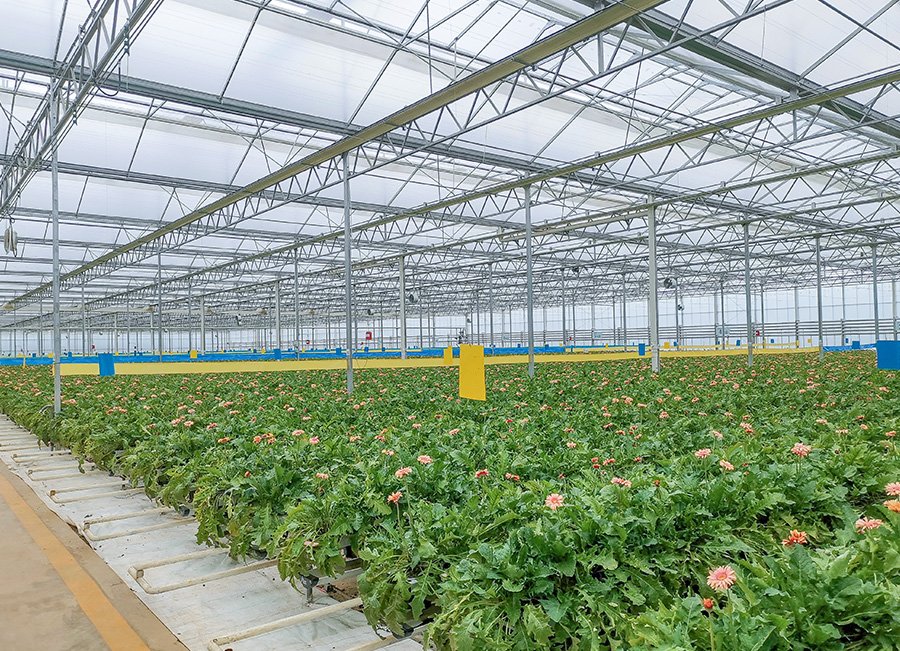Have you ever wondered what exactly goes into a greenhouse to create the perfect environment for your crops? Whether you’re growing vegetables, flowers, fruits, or even cannabis, the setup inside your greenhouse can make or break your harvest. Let me walk you through the essential components you should consider for your greenhouse, whether you’re a first-timer or looking to upgrade your existing system.
Greenhouses are not just structures; they are dynamic, controlled environments. Think of them as high-tech ecosystems that need the right equipment and systems to ensure optimal growing conditions. To get the best out of your greenhouse, you’ll need to pay attention to lighting, ventilation, irrigation, and climate control, to name a few. The right balance of these elements will ensure that your plants thrive, not just survive.
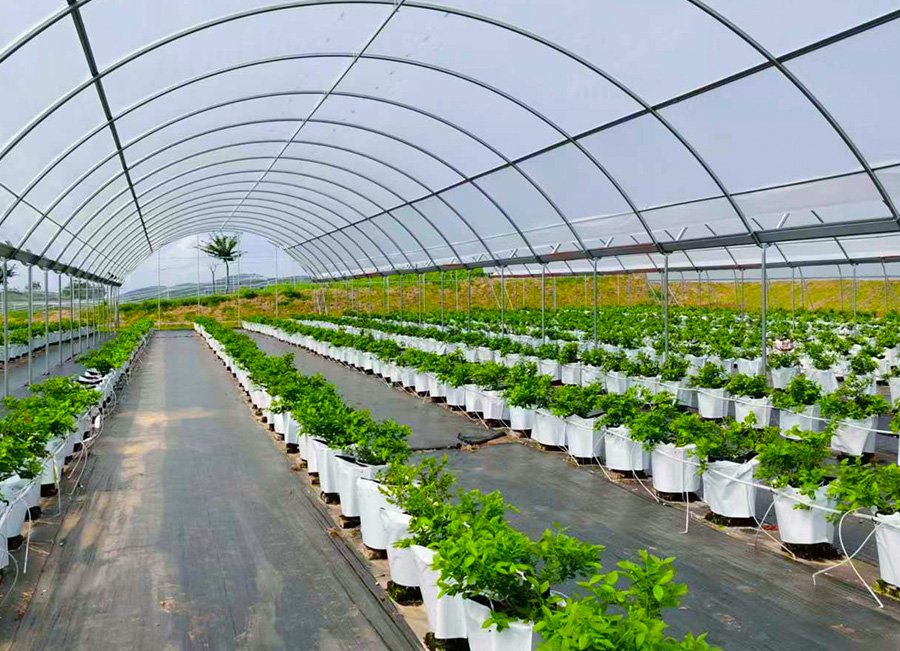
What is the Key to Success in a Greenhouse?
You may have heard it said, “A greenhouse is only as good as what you put inside it.” Well, I’m here to tell you that’s true! If you want your crops to flourish, you need to make sure your greenhouse is equipped with the right tools. The perfect greenhouse setup includes a range of systems that control temperature, humidity, water, and light. Let’s break down what should be inside your greenhouse to create an optimal growing environment.
1. Climate Control System
A greenhouse is all about controlling the environment. Without the right climate control systems, your plants will never reach their full potential. This system includes heating, cooling, humidity control, and shading systems.
Heating: If you’re growing plants in a cooler climate, you’ll need to keep your greenhouse warm. Gas heaters, electric heaters, or radiant heat are some common solutions. If you live in an area with fluctuating temperatures, consider a light deprivation greenhouse to maintain consistent temperatures.
Cooling: For hotter climates, cooling is crucial. Fans and ventilation systems help lower the temperature inside the greenhouse. Some greenhouses also use cooling pads that spray water to cool the air.
Humidity Control: Humidity is crucial for plant growth, so maintaining the right moisture levels in the air is vital. Humidifiers or misting systems can help regulate this.
Shading: In warmer climates, too much sunlight can scorch your plants. Installing shading nets or solar control films on the greenhouse can help protect delicate crops from excessive heat.

2. Watering System
One of the most important things you need for any greenhouse is a reliable watering system. Plants need water, but they don’t need too much or too little. Having an efficient system helps avoid over-watering or under-watering, both of which can be detrimental.
Drip Irrigation: This system delivers water directly to the roots of your plants, reducing waste. You can adjust the flow depending on the needs of each plant.
Hydroponics: If you’re growing crops like tomatoes or cucumbers, you might want to consider hydroponic systems. These allow plants to grow without soil, just nutrients and water.
Automatic Sprinklers: For larger areas, an automatic sprinkler system can help distribute water evenly across your crops.
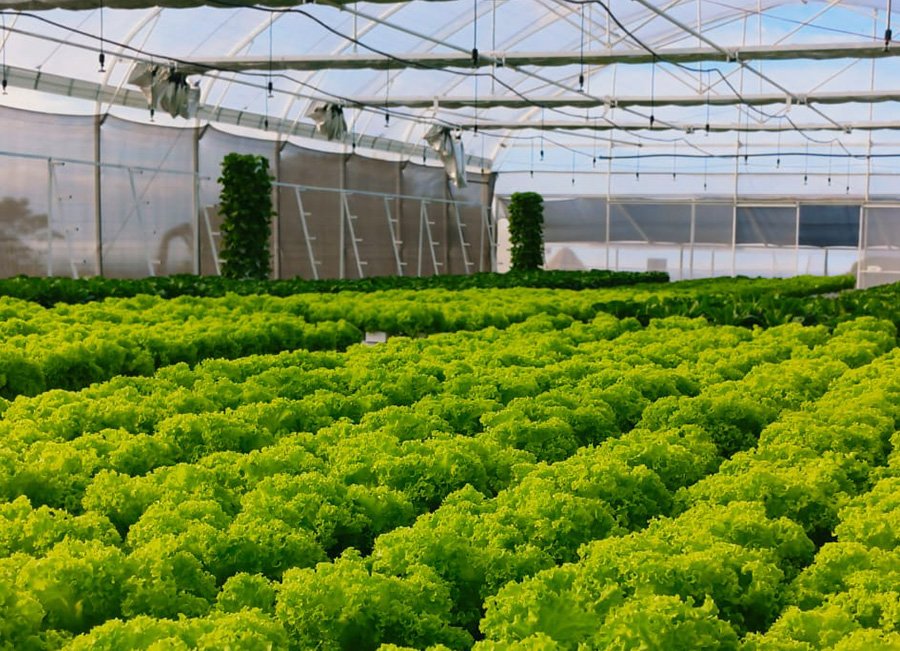
3. Lighting System
Plants need light to photosynthesize, but not all light is equal. Too little light and your plants won’t grow; too much, and they could burn.
LED Grow Lights: These lights are energy-efficient and customizable for different plant needs. You can adjust the intensity and color spectrum to match your crops.
Natural Light: If your greenhouse is positioned well, you can use natural sunlight as your primary source of light. However, you may need supplementary lighting during the winter months or for crops that need extra light.
Light Deprivation: For crops like cannabis, which require specific light cycles to flower, a light deprivation greenhouse is essential. It allows you to control the length of daylight hours, mimicking natural seasons.
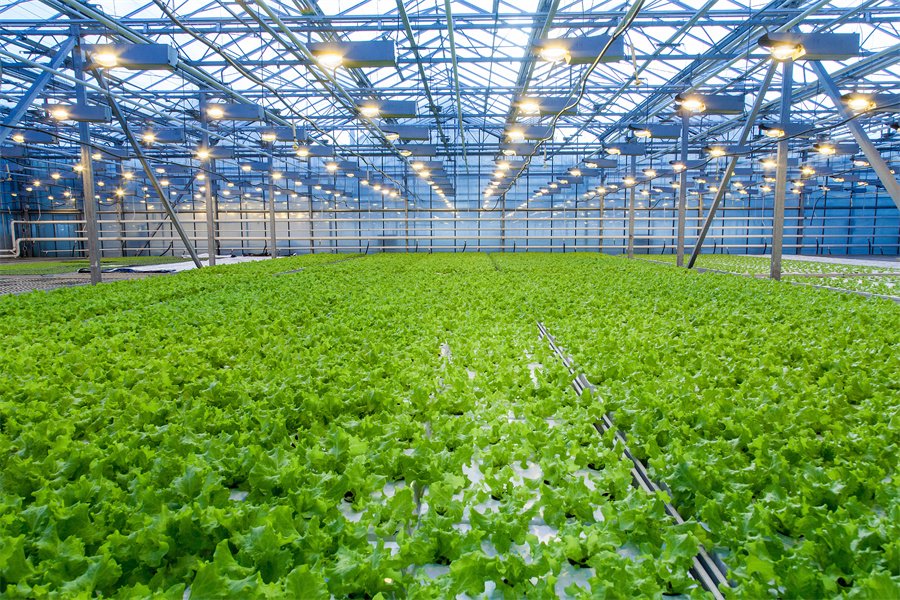
4. Ventilation System
Proper ventilation helps control temperature and humidity, prevents the buildup of harmful gases, and reduces the risk of pests and diseases.
Automatic Ventilation: Using automatic windows or vents can help manage airflow. They open and close based on the internal temperature or humidity levels.
Exhaust Fans: These are important to remove hot air and moisture. A well-ventilated greenhouse is crucial for healthy plant growth.
Air Circulation: Fans placed strategically around the greenhouse ensure that the air circulates properly, preventing stagnant areas where fungi and mold might thrive.
5. Soil and Growing Medium
The foundation of plant growth is the soil, but what’s the best type for a greenhouse? This depends on the types of crops you’re growing.
Soil-Based: If you’re using traditional soil, make sure it’s well-drained and contains the necessary nutrients. You can also amend it with organic compost to improve fertility.
Hydroponic Medium: For hydroponic setups, you’ll need an inert medium like coconut coir or perlite. These materials provide stability and support while allowing the roots to absorb nutrients.
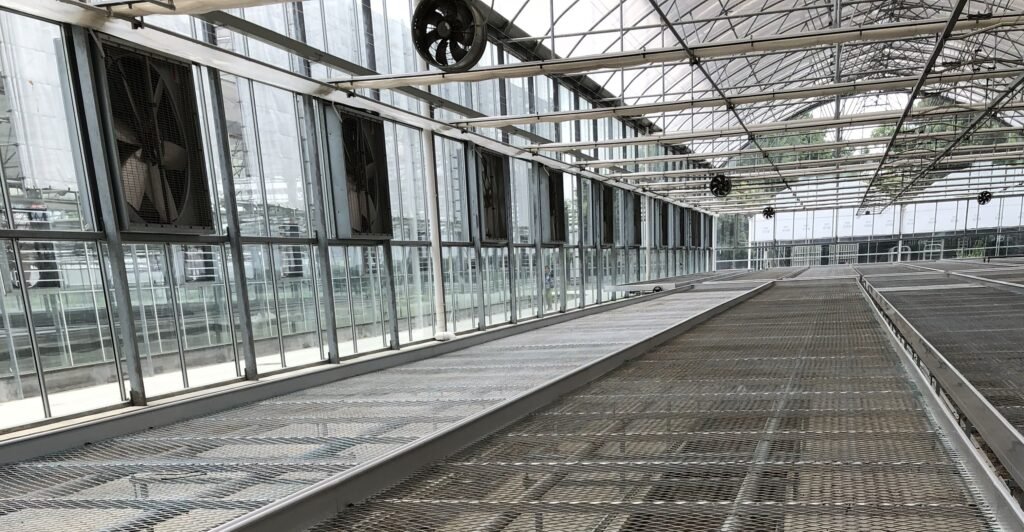
6. Plant Support Systems
As plants grow, they may need extra support to stay upright and healthy. Whether you’re growing tomatoes, cucumbers, or any other climbing plants, you’ll need the right plant support systems.
Trellis: This can be used to support plants like peas or beans. It allows the plants to climb and grow upward, saving space.
Cages: For tomato plants, tomato cages help keep the plant upright and prevent the fruit from touching the ground.
String and Hooks: In vertical farming setups, you can use string systems to support plants as they grow taller.
7. Pest Control Systems
Pests can quickly ruin a greenhouse crop, so it’s important to have an integrated pest management (IPM) plan in place.
Natural Predators: You can introduce beneficial insects like ladybugs or predatory mites to control pests.
Insect Screens: Installing insect-proof screens can keep out unwanted pests.
Chemical-Free Solutions: Organic solutions like neem oil or insecticidal soap are useful for controlling pests without harming your crops.
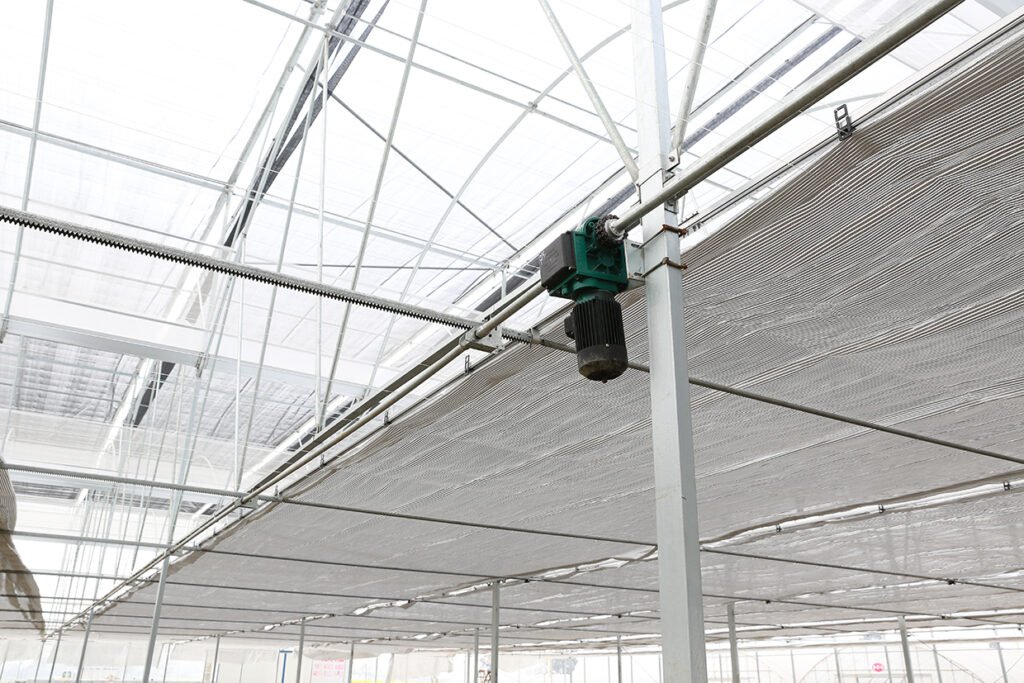
8. Monitoring and Automation Systems
For more advanced greenhouse setups, automation systems can help you manage every aspect of your greenhouse.
Smart Controllers: These systems allow you to control irrigation, temperature, humidity, and light remotely through a cloud-based platform.
Sensors: Use temperature sensors, humidity sensors, and soil moisture sensors to keep track of the conditions inside your greenhouse.
Key Takeaways
| Component | Description | Key Benefits |
|---|---|---|
| Climate Control | Heating, cooling, and humidity systems | Maintains optimal plant growth conditions |
| Watering Systems | Drip irrigation, hydroponics, sprinklers | Ensures efficient water usage and delivery |
| Lighting Systems | LED lights, natural light, light deprivation | Provides plants with the right light levels |
| Ventilation | Automatic vents, exhaust fans, circulation fans | Regulates temperature and humidity levels |
| Soil/Growing Medium | Soil, hydroponic mediums | Provides nutrients and support for plants |
| Plant Support Systems | Trellis, cages, string supports | Keeps plants healthy and upright |
| Pest Control | Beneficial insects, insect screens | Protects crops without chemicals |
| Automation Systems | Smart controllers, sensors | Automates the greenhouse environment |
Conclusion
Creating a successful greenhouse is all about selecting the right components and ensuring that every system works together to support your crops. From climate control to water systems and lighting, every element plays a crucial role in creating the perfect growing environment. By investing in quality equipment and automation, you can ensure that your crops will thrive year-round.

